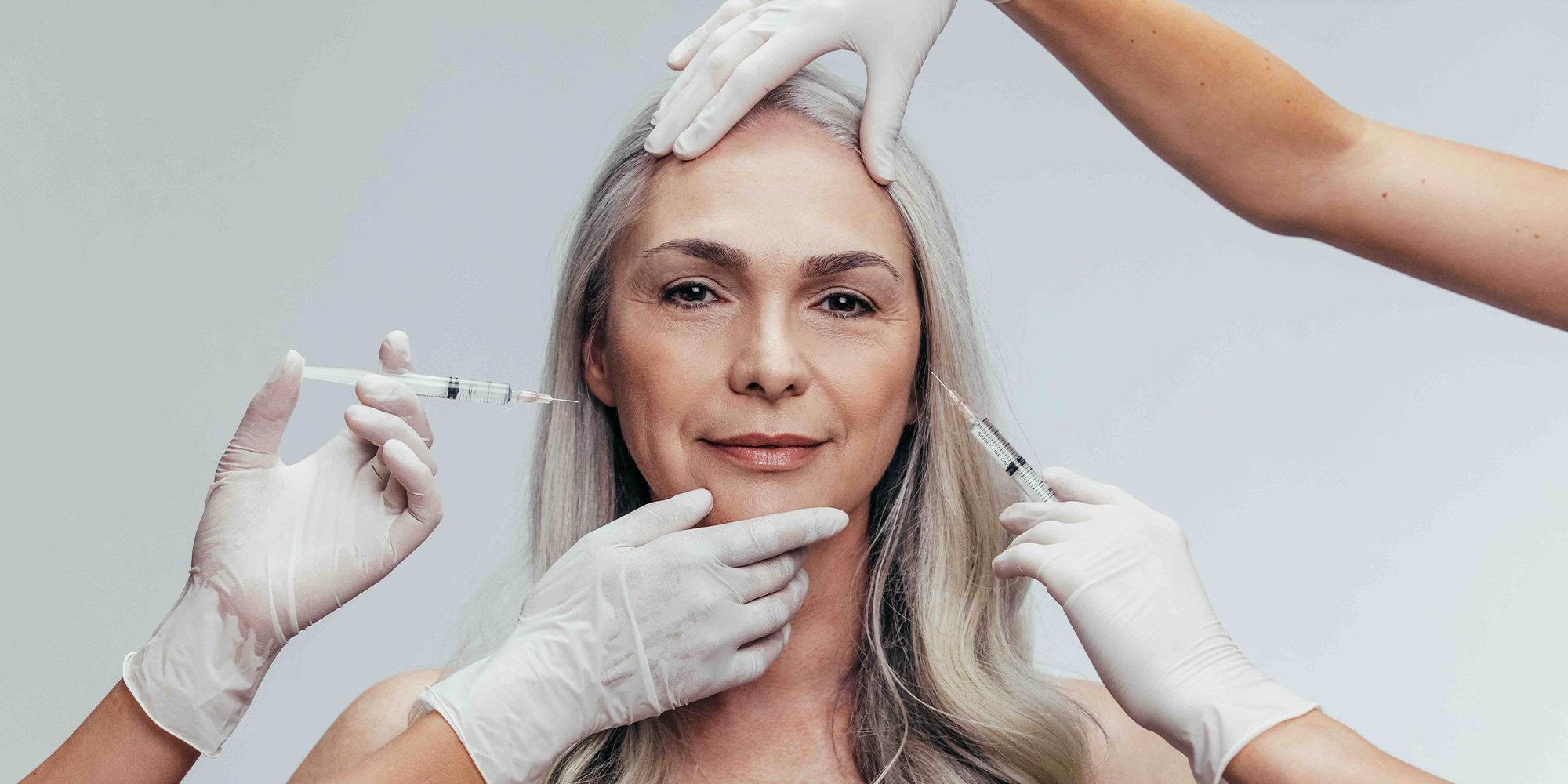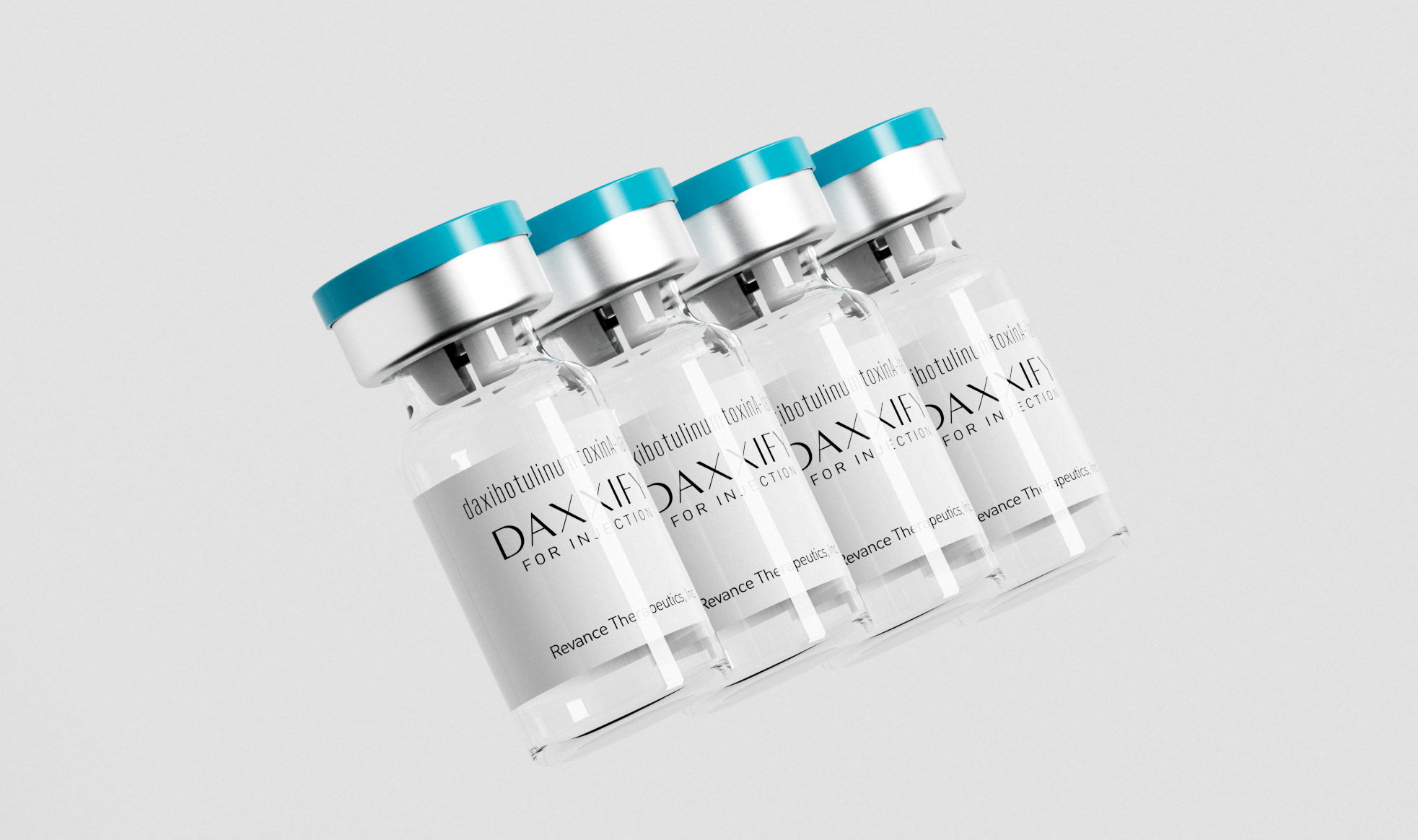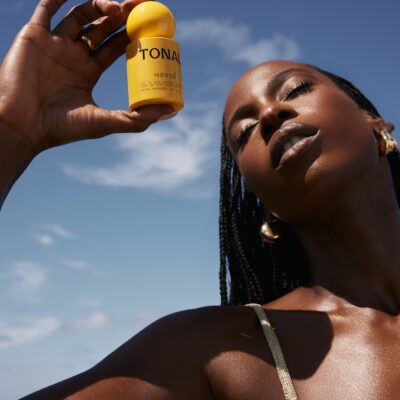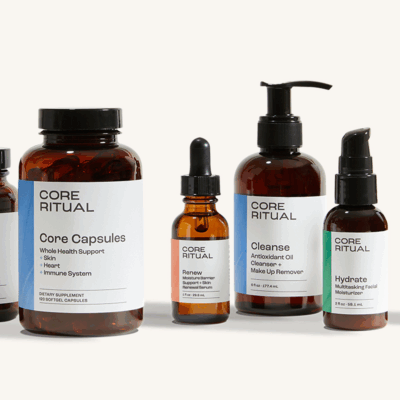
Revance Emerges From Crown Labs Merger Ready To Take On Aesthetic Medicine Giants
In one of the most consequential aesthetic medicine deals in recent memory, Crown Laboratories merged with Revance Therapeutics in February and in March announced it would operate under a unified new identity, Revance.
Revance consolidates a powerhouse portfolio that includes Daxxify, a longer lasting neuromodulator, RHA fillers by Teoxane and SkinPen, the top-selling microneedling device. It’s a strategic play to challenge entrenched giants like Allergan and Galderma with differentiated, regenerative solutions and a more nimble commercial strategy.
“If you want to play in aesthetics at scale, you need to have a toxin and an HA filler, that’s kind of table stakes,” says Revance CEO Jeff Bedard. “We looked at what was out there. Allergan and Galderma were too big. Revance made the most sense.”
Revance’s edge lies in product performance. Daxxify promises longer duration—up to six months for some patients—and improved skin quality, while RHA fillers offer flexible, natural-looking results that reflect shifting consumer preferences away from overfilled looks. SkinPen and PRP round out a treatment ecosystem that allows providers to deliver more frequent, layered outcomes.
Bedard acknowledges that Daxxify still has an uphill climb. Market awareness remains under 1%, and Botox continues to dominate as the category-defining brand. To gain share, Revance is pursuing a two-pronged strategy: training injectors on Daxxify’s clinical advantages, and targeting large, private equity-backed aesthetic medicine practice groups with the message that it’s the only American-made toxin, shielding it from tariffs, supply disruptions and pricing volatility.
Importantly, Bedard says fears that Daxxify’s extended duration could cannibalize patient visits are misplaced. “It’s kind of a misnomer that patients are coming in every three months,” he explains. “The data shows the average is 1.9 times a year.” In that context, a longer-lasting result doesn’t disrupt practice economics, it aligns with real-world usage patterns. Paired with monthly touchpoints like SkinPen, it actually deepens patient engagement.
“The duration story is about delivering better, more consistent results, not pushing patients away longer,” says Bedard. “You don’t lose touch when you’re offering a portfolio of complementary services.”
As GLP-1 drugs like Ozempic and Wegovy drive rapid body transformations, Revance also sees major upside in the emerging post-weight loss aesthetic market. There’s surging demand for skin-tightening and facial volume restoration. The company is actively investing in regenerative solutions like fat transfers, microneedling, PRP and potentially biostimulators to address it.

“There’s a whole new category emerging around post-weight loss aesthetics,” says Bedard. “We don’t have all the answers yet, but we’re focused on developing and acquiring the solutions that will.”
A recent survey from management consultancy McKinsey & Co. highlights why this timing matters: Across categories like neurotoxins and fillers, consumer intent to try treatments far exceeds current usage, especially among first-timers poised to enter the market in the next year. As aesthetics goes from niche to normalized, brands with strong clinical backing and thoughtful go-to-market strategies are best positioned to convert the fence sitters.
Crown Laboratories began in 2000 as a sunscreen manufacturer best known for Blue Lizard. With backing from Hildred Capital in 2017, it expanded into dermatology and aesthetics through acquisitions of brands such as PanOxyl and StriVectin. But it was the $924 million Revance merger that transformed its future.
Despite economic headwinds, Bedard is optimistic. “You can’t outspend the giants, but you can outmaneuver them,” he says. “This industry runs on relationships. If we win the trust of providers and pair that with a product portfolio that performs, we’ll take share.”
Next up is consumer-facing innovations that blur the lines between clinic and home. “The line between injectables and at-home skincare is going to blur,” predicts Bedard. “We want to be the brand that bridges it.”
Bedard will be speaking at Beauty Independent’s Dealmaker Summit, which runs from June 2 to 3. For more information, click here.





Leave a Reply
You must be logged in to post a comment.